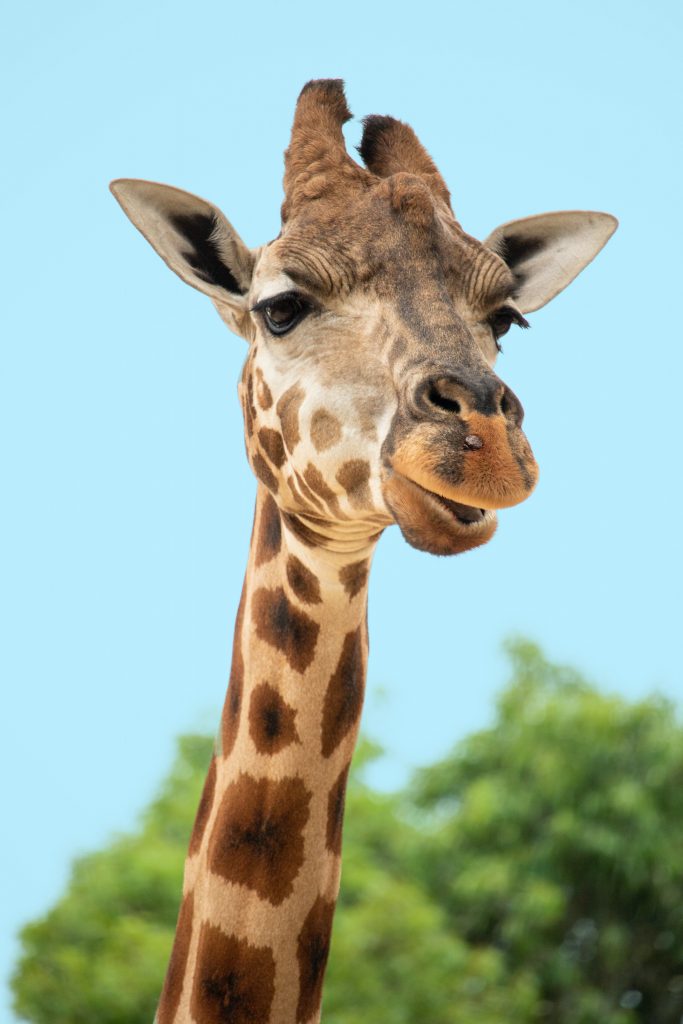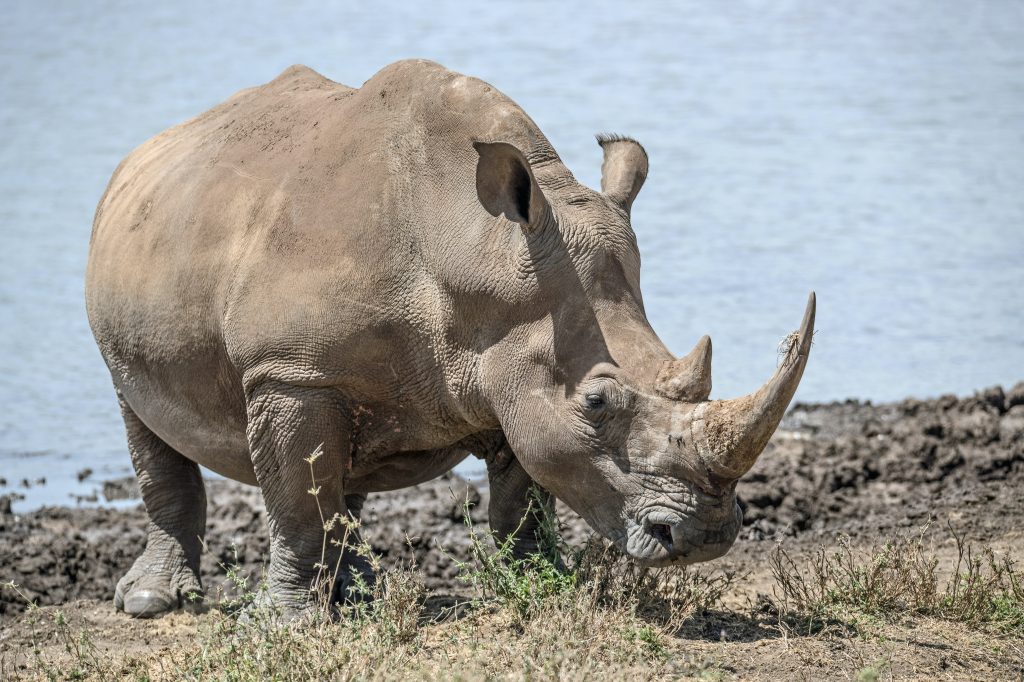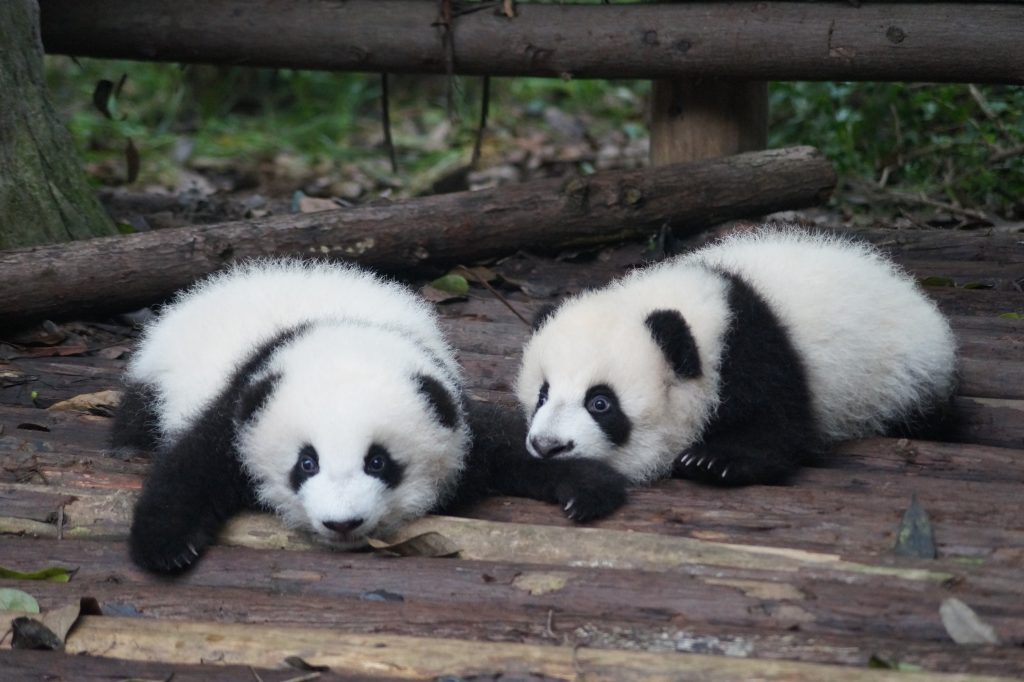While most of us know that the list of endangered animals is growing (a staggering 14% increase from 2007 to 2019), many of the photographs or animals that we see, from tigers to snow leopards, are carnivores. However, a recent study indicates that the animals that are at the highest risk of extinction are in fact, herbivores. According to Trisha Atwood from Utah State University, “Our findings challenge a two-decade-long perception that meat-eating predators were the most likely group to meet the ire of Earth’s sixth mass extinction,” she says. “It also helps us better understand the potential consequences of broadscale species loss.”

Atwood is lead author of a paper in the journal Science Advances that classified more than 24,000 vertebrate species into groups of carnivores, omnivores and herbivores, and compared their numbers of threatened or extinct species. About one in four species of herbivores, 25.5 percent, are considered threatened, endangered, or vulnerable. To compare, 17.4 percent of the predators and 15.8 percent of omnivores were at risk.
Why are Herbivores at the Highest Risk of Extinction?
In the past, much of the focus for the conservation of animals has been on carnivores while herbivores are more affected by markers of extinction. These markers, which include invasive species, climate change, and habitat loss — hit herbivores harder than animals with other diets, Atwood said.
The size of the animal could be a driving factor, as many herbivores are large and require much bigger quantities of food than their carnivorous or omnivorous counterparts. Their food also tends to require more land mass to produce, and as habitats get smaller so do food supplies. Omnivores and carnivores, as roamers and foragers, do not need as much room to search for sustenance as herbivores do.

Human interference in the form of hunting and poaching is also an issue, especially for species like the African rhinoceros. According to reports from the Department of Environmental Affairs Republic of South Africa, more than 1,000 rhinos were illegally killed in 2013 compared to only 668 in 2012. As poaching increases among herbivores, their already vulnerable status becomes even more tenuous.
How Can We Help our Herbivores?

While this paper does not conclusively identify the cause of the heightened number of herbivores at the highest risk of extinction, it does challenge previously held conventional truths that carnivores needed the most protection. Other than taking simple steps of buying sustainable products that can protect the habitats of these herbivores, one can also protect a habitat. Organizations like Defenders of Wildlife work extensively on private lands in partnership with private landowners/state and tribal agencies to encourage people to protect and restore key habitats on private, tribal, and state lands.
With small steps at home and big steps in our world, herbivores can be protected for many years to come.
 Food
Food Farmers
Farmers Sustainable Living
Sustainable Living Living Planet
Living Planet News
News